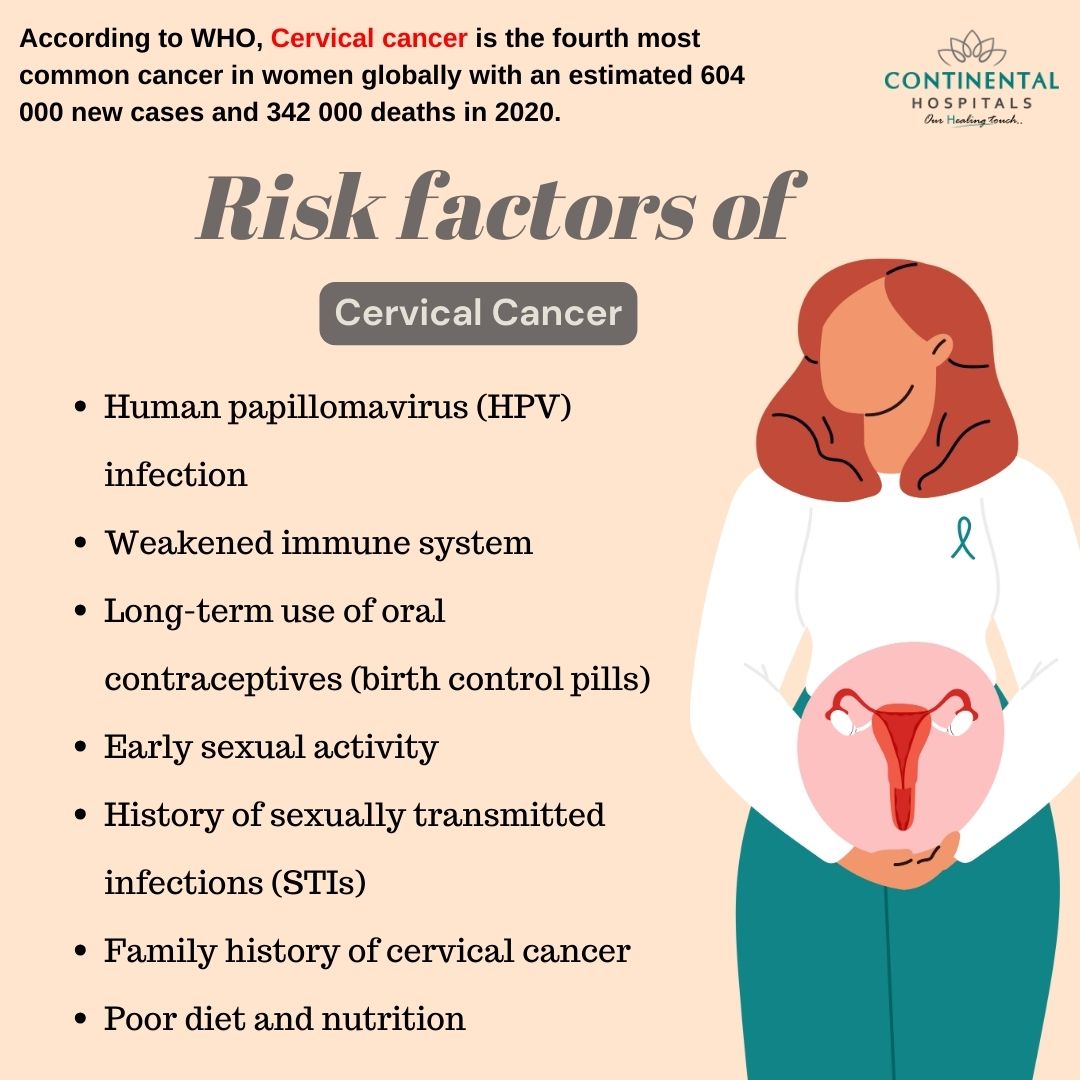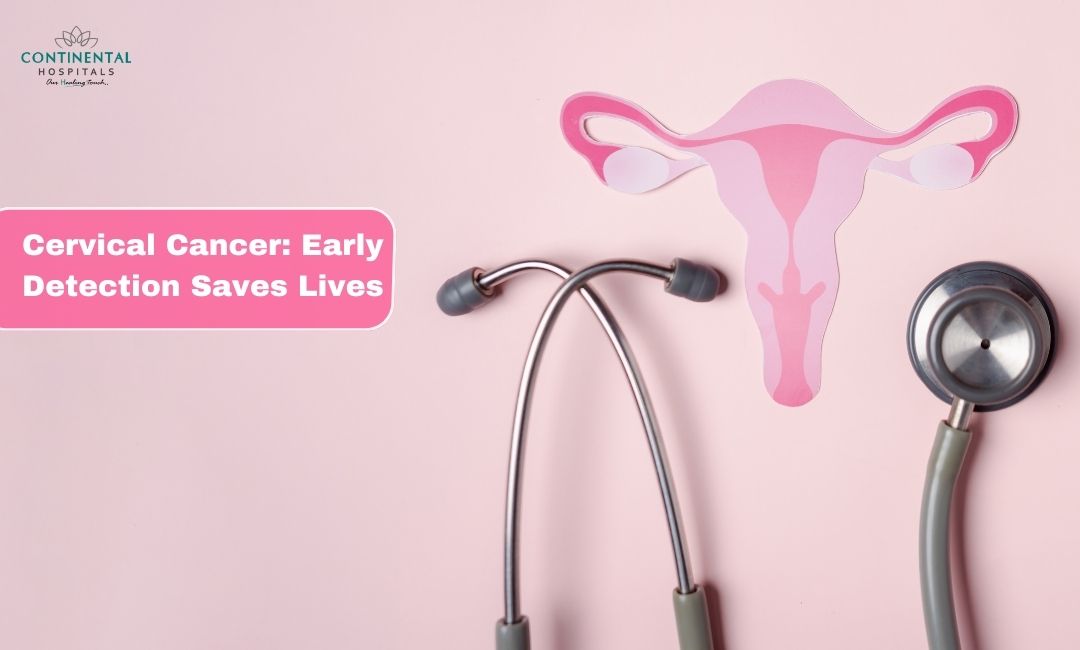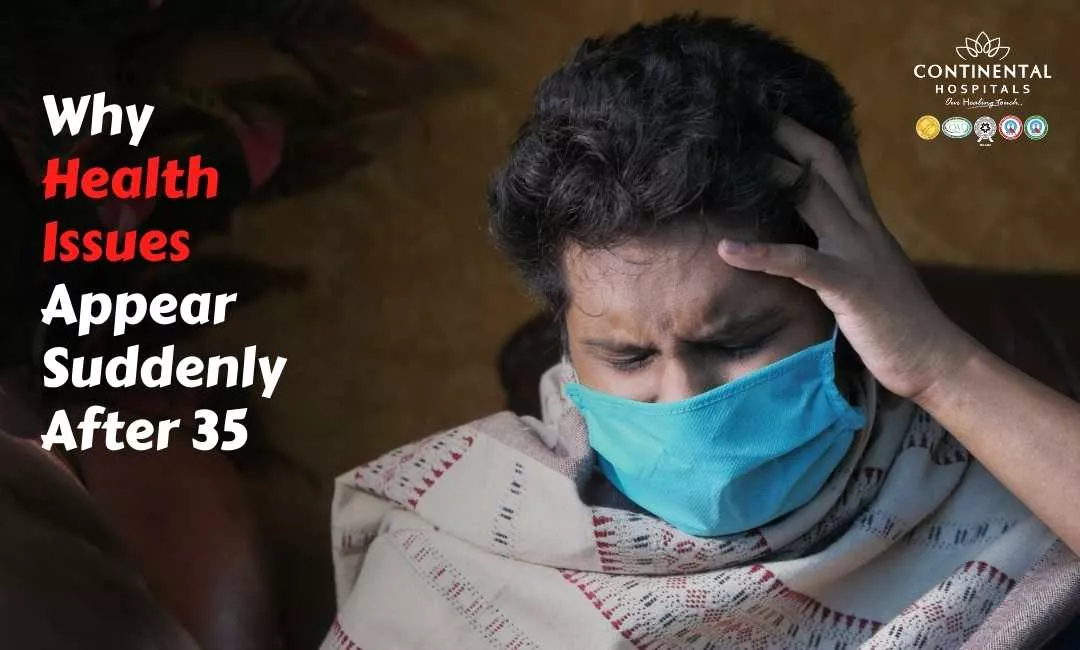Cervical cancer is a significant health concern worldwide, affecting millions of women each year. However, what makes this cancer particularly devastating is that it's highly preventable and treatable when detected early. In this blog post, we'll delve into the importance of early detection in cervical cancer, discussing screening methods, risk factors, and the potential impact on women's health and well-being.
Understanding Cervical Cancer:
Cervical cancer develops in the cells lining the cervix, the lower part of the uterus. Most cervical cancers are caused by the human papillomavirus (HPV), a common sexually transmitted infection. While HPV infections are common, they often clear up on their own without causing any symptoms. However, in some cases, HPV infections can persist and lead to cervical cancer over time.
Impact of Cervical Cancer:
Despite the advancements in prevention and screening, cervical cancer still affects millions of women worldwide. According to the World Health Organization (WHO), over 570,000 new cases were diagnosed in 2018, with nearly 311,000 deaths. However, the good news is that early detection through regular Pap smears and HPV testing can prevent most cervical cancer cases.

If you have concerns about your cervical cancer, it's best to consult with a Cancer specialist who can assess your risk factors.
Early Detection of Cervical Cancer:
Early detection of cervical cancer is paramount in saving lives and improving outcomes for those affected by this disease. Cervical cancer often develops slowly, starting with precancerous changes in the cells of the cervix. With early detection, these precancerous changes can be identified and treated before they progress into invasive cancer.
Here are key points regarding the early detection of cervical cancer:
Regular Screening: Routine screening tests are essential for the early detection of cervical cancer. The two main screening tests are the Pap smear (or Pap test) and the HPV test.
Pap Smear: During a Pap smear, cells are collected from the cervix and examined under a microscope for any abnormalities. This test can detect precancerous changes in the cervix, allowing for early intervention before cancer develops.
HPV Test: The HPV test checks for the presence of high-risk strains of the human papillomavirus (HPV) in cervical cells. HPV infection is the primary cause of cervical cancer, and detecting the presence of high-risk HPV can help identify women at increased risk of developing cervical cancer.
Screening Guidelines: Screening guidelines vary by country and may depend on factors such as age, sexual history, and risk factors. Women need to discuss screening recommendations with their healthcare providers and follow their advice regarding the timing and frequency of screening tests.
Early Warning Signs: In some cases, cervical cancer may present symptoms in its early stages, such as abnormal vaginal bleeding, pelvic pain, or pain during sexual intercourse. However, these symptoms can also be caused by other conditions, so women need to seek medical attention if they experience any unusual symptoms or changes in their reproductive health.
Importance of Regular Screening: Even if a woman feels healthy and does not experience any symptoms, regular screening is crucial for detecting cervical cancer early. Many women with cervical cancer do not experience symptoms until the disease has progressed to an advanced stage, highlighting the importance of screening as a preventive measure.
Vaccination Against HPV: HPV vaccination is another important tool for preventing cervical cancer. Vaccination can protect against infection with the most common high-risk strains of HPV, reducing the risk of cervical cancer and other HPV-related diseases.
Follow-Up and Treatment: If abnormal results are detected during screening tests, further evaluation and follow-up are necessary. Depending on the findings, additional tests or procedures, such as colposcopy or biopsy, may be recommended to determine the presence of precancerous or cancerous changes and to guide appropriate treatment.
Risk Factors:
Several factors can increase a woman's risk of developing cervical cancer, including:
HPV infection: Persistent infection with high-risk HPV strains is the primary risk factor for cervical cancer.
Lack of regular screenings: Women who do not undergo routine cervical cancer screening are at a higher risk of late-stage diagnosis.
Smoking: Smoking increases the risk of cervical cancer and can also make treatment less effective.
Weakened immune system: Conditions or medications that weaken the immune system can make it harder for the body to fight off HPV infections, increase the risk of cervical cancer.
Empowering Women Through Education: Education and awareness are crucial in the fight against cervical cancer. Many women may not fully understand the importance of regular screenings or may face barriers to accessing healthcare services. By providing education about cervical cancer, its risk factors, and the importance of early detection, we can empower women to take charge of their health and make informed decisions about screening and prevention.
Role of Vaccination:
In addition to screening, vaccination against HPV offers another layer of protection against cervical cancer. HPV vaccines are safe and highly effective in preventing infection with the most common high-risk HPV strains. Vaccination is recommended for both boys and girls starting at age 11 or 12, ideally before they become sexually active. However, vaccination can still provide benefits for individuals who are already sexually active or have been previously exposed to HPV.
Cervical cancer is a preventable and treatable disease, and early detection plays a crucial role in saving lives. By prioritizing regular screenings, addressing risk factors, and promoting HPV vaccination, we can significantly reduce the burden of cervical cancer and improve women's health outcomes. Let's work together to raise awareness, empower women, and ensure that every woman has access to the tools and resources needed to prevent and detect cervical cancer early. Remember, early detection saves lives.
If you have concerns about your cervical cancer, it's best to consult with a Cancer specialist who can assess your risk factors.
Related Blog Topics:
1. HPV Vaccine: A powerful tool in preventing Cervical Cancer
2. Indian Government Initiative in Promoting Cervical Vaccines
.webp)














